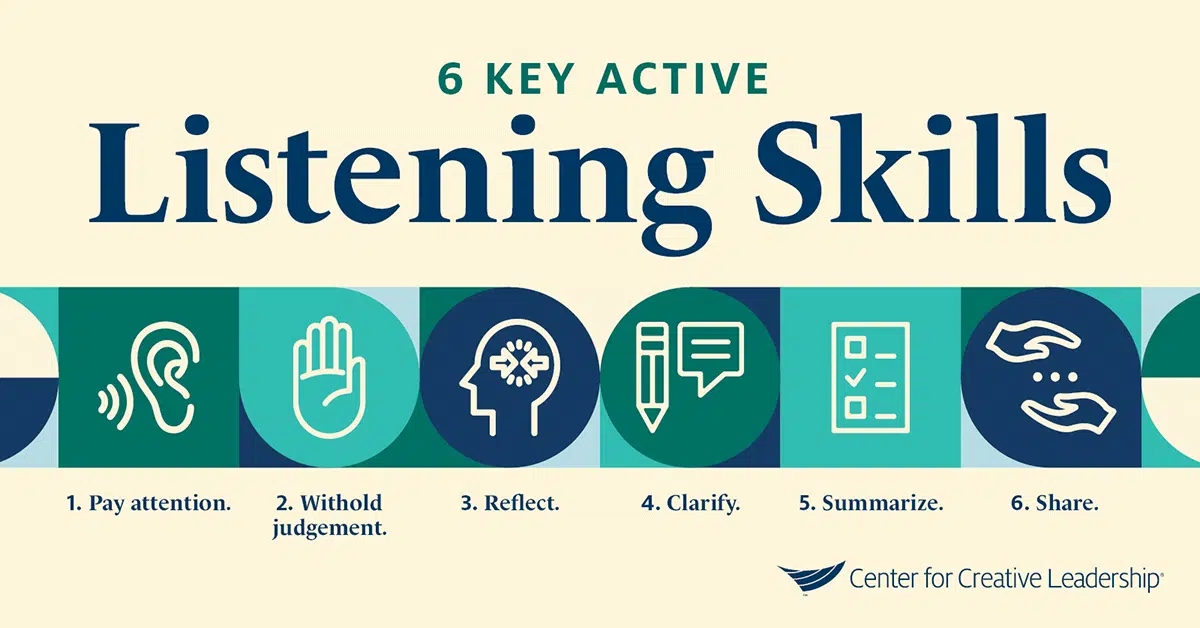How can I improve my active listening skills in a counseling or therapy session?


Active listening is a crucial skill for counselors and therapists to possess in order to effectively support their clients. By actively listening, professionals can create a safe and supportive environment, build rapport, and gain a deeper understanding of their clients’ experiences. In this article, we will explore various strategies and techniques to improve active listening skills in counseling or therapy sessions.
Understanding Active Listening
Active listening is a communication skill that involves fully focusing on, understanding, and responding to the speaker. It goes beyond simply hearing the words being said and requires the listener to be fully present and engaged in the conversation. In a counseling or therapy session, active listening is essential for creating a therapeutic alliance and facilitating meaningful change.
The Importance of Communication Skills
Before delving into specific techniques for improving active listening, it is important to recognize the broader context of communication skills in counseling or therapy sessions. Effective communication skills, including active listening, are the foundation of a successful therapeutic relationship. They allow the counselor or therapist to establish trust, empathy, and understanding with their clients.
Cultivating Empathy and Mindfulness
Empathy is a key component of active listening. It involves understanding and sharing the feelings and experiences of another person. By cultivating empathy, counselors and therapists can better connect with their clients and create a safe space for them to explore their thoughts and emotions.
Mindfulness is another important aspect of active listening. It involves being fully present in the moment and paying attention to the speaker without judgment. Mindfulness allows counselors and therapists to focus on their clients’ needs and experiences, rather than being distracted by their own thoughts or biases.
Non-Verbal Cues and Reflective Listening
Non-verbal cues play a significant role in active listening. Counselors and therapists should pay attention to their clients’ body language, facial expressions, and tone of voice. These cues can provide valuable insights into their clients’ emotions and help the listener better understand their experiences.
Reflective listening is a technique that involves paraphrasing and summarizing what the speaker has said. It demonstrates to the client that their words have been heard and understood. Reflective listening also allows the counselor or therapist to clarify any misunderstandings and ensure that they have accurately captured the client’s thoughts and feelings.
Verbal Communication and Attentive Listening
Verbal communication is an essential component of active listening. Counselors and therapists should use open-ended questions to encourage clients to share more about their experiences. They should also provide verbal affirmations and acknowledgments to show that they are actively engaged in the conversation.
Attentive listening involves giving the speaker your full attention and avoiding distractions. It requires setting aside any personal biases or judgments and focusing solely on the client’s needs. By practicing attentive listening, counselors and therapists can create a safe and supportive environment for their clients to share their thoughts and emotions.
Practical Strategies for Improving Active Listening
Here are some practical strategies that counselors and therapists can implement to improve their active listening skills in counseling or therapy sessions:
- Practice mindfulness meditation to enhance your ability to be fully present in the moment.
- Attend workshops or training sessions on active listening and communication skills.
- Seek feedback from colleagues or supervisors to identify areas for improvement.
- Record and review your counseling or therapy sessions to analyze your listening skills.
- Engage in reflective practice by journaling about your experiences and reflecting on your listening skills.
- Read books or articles on active listening and communication techniques.
- Participate in role-playing exercises to practice active listening in a safe and supportive environment.
Conclusion
Active listening is a vital skill for counselors and therapists to develop and refine. By cultivating empathy, practicing mindfulness, paying attention to non-verbal cues, and using reflective listening techniques, professionals can enhance their active listening skills in counseling or therapy sessions. By continuously striving to improve their communication skills, counselors and therapists can create a therapeutic environment that fosters growth, healing, and positive change for their clients.
Recent Posts
How do I create an engaging and informative online quiz or assessment?
Creating an engaging and informative online quiz or assessment can be a powerful tool for… Read More
What are the most effective methods for managing and reducing work-related stress in the hospitality industry?
Work-related stress is a common issue in the hospitality industry, where employees often face long… Read More
How can I improve my assertiveness and communication skills in a leadership position?
In a leadership position, assertiveness and effective communication skills are crucial for success. Being able… Read More
What are the key elements of a successful employee recognition and rewards program?
Employee recognition and rewards programs play a crucial role in motivating and engaging employees, as… Read More
How do I effectively manage and respond to customer feedback and reviews?
Customer feedback and online reviews play a crucial role in shaping a company's reputation and… Read More
What are the best strategies for effective time management as a stay-at-home parent?
Effective time management is crucial for stay-at-home parents who juggle multiple responsibilities on a daily… Read More